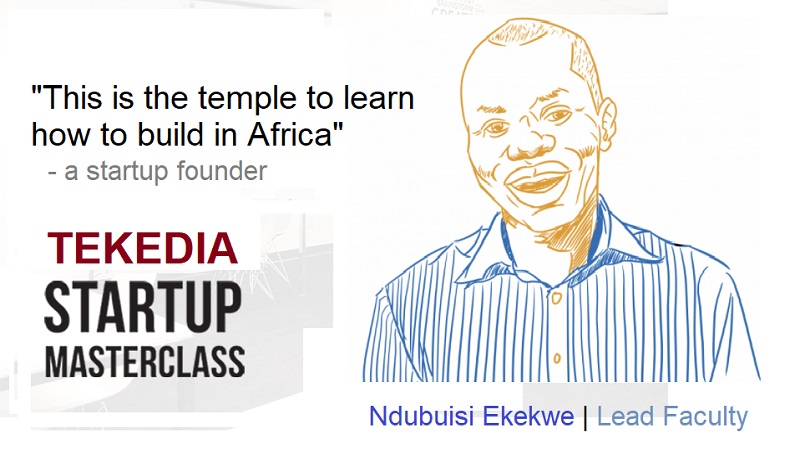France Bets Big on Eutelsat to Build Europe’s Starlink Rival, but Scaling Up Remains a Steep Climb

For years, France’s Eutelsat has tried to position itself as Europe’s answer to Elon Musk’s Starlink—a satellite internet constellation operated by SpaceX that has rapidly become the global leader in low-Earth orbit (LEO) broadband coverage.
With Starlink’s more than 7,600 satellites already blanketing much of the globe, Europe has struggled to mount a competitive alternative. Now, with a €1.35 billion ($1.58 billion) investment led by the French government, Eutelsat is getting a fresh push, one that reflects not just commercial ambition but also geopolitical urgency.
CNBC reports that the capital injection, which makes France the largest shareholder with about a 30% stake, marks a strategic shift in how Paris views Eutelsat—not merely as a commercial operator, but as a critical infrastructure provider vital to European technological sovereignty.
Register for Tekedia Mini-MBA edition 17 (June 9 – Sept 6, 2025) today for early bird discounts. Do annual for access to Blucera.com.
Tekedia AI in Business Masterclass opens registrations.
Join Tekedia Capital Syndicate and co-invest in great global startups.
Register to become a better CEO or Director with Tekedia CEO & Director Program.
“This is no longer just about telecoms,” said Luke Kehoe, an analyst at Ookla. “France is treating Eutelsat like a strategic asset—part of a broader European push to reduce dependency on U.S. platforms.”
The merger with British LEO operator OneWeb in 2023 was already a key part of this vision. Eutelsat aimed to pool resources and scale up faster by consolidating Europe’s satellite capabilities under one roof. But even with these efforts, the company faces a brutal uphill battle.
A Matter of Scale—and Time
With only 650 LEO satellites in orbit through OneWeb, Eutelsat’s constellation is barely a tenth the size of Starlink’s. Many of these satellites are already nearing the end of their operational lifespan, forcing the company to prioritize replacement before it can even consider scaling up meaningfully.
“To offer greater capacity and coverage, [Eutelsat] needs to increase the number of satellites in space,” Joe Gardiner, an analyst at CCS Insight told CNBC. “But replacing aging satellites while expanding the network is a massive challenge.”
Even with the French state’s backing, the infrastructure gap remains daunting. Starlink, supported by SpaceX’s powerful in-house manufacturing and launch capabilities, is able to produce and deploy satellites at a scale and pace that Europe cannot currently match. Eutelsat still relies on external launch providers, many of them American, in a market dominated by SpaceX itself.
Starlink’s aggressive expansion has also driven up its market value. While Eutelsat’s market cap hovers around €1.6 billion, SpaceX has been valued at around $350 billion, with analysts projecting that Starlink alone could be worth over $80 billion in the coming years.
A Different Kind of Battle
Still, Eutelsat isn’t trying to beat Starlink at its own game—at least not entirely. While Starlink is focused on consumer broadband and high-speed global connectivity, Eutelsat’s architecture leans toward enterprise and government sectors. It combines geostationary orbit (GEO) satellites with its growing LEO fleet to serve specialized use cases like Arctic connectivity and secure communications for governments and militaries.
According to Cisco’s Joe Vaccaro, “Eutelsat’s GEO satellites are leveraged for specialized use cases, such as polar coverage for companies and research facilities in remote regions like Greenland and Alaska.”
Starlink uses a regenerative architecture, meaning it processes and routes signals on the satellite itself, enabling faster and more autonomous operation. In contrast, OneWeb’s satellites currently use a bent-pipe architecture, which requires ground stations to relay data. This limits performance and flexibility, although second-generation satellites could close the gap.
Ookla’s Kehoe noted that, despite the capital boost, Eutelsat remains behind Starlink in “capital, manufacturing throughput, launch access, spectrum, and user terminals.” However, he pointed out that Eutelsat is “well positioned to succeed in European-sovereign, security-sensitive and enterprise segments that prioritize jurisdictional control.”
The stakes go beyond market share. French President Emmanuel Macron recently framed the push into space as a litmus test of global power, declaring, “space has in some way become a gauge of international power.” With growing concern over Europe’s dependence on U.S. firms like SpaceX, Eutelsat is being recast as a symbol of European autonomy.
When the French-led investment was announced last week, Eutelsat highlighted its role as “the only European operator with a fully operational LEO network” and stressed its importance in France’s model for sovereign defense and communications.
The company was even rumored as a potential replacement for Starlink in Ukraine, where Musk’s system has played a critical role in supporting military and civilian communications amid Russia’s invasion. Tensions between Ukraine and the U.S., particularly after Donald Trump returned to the presidency, had raised fears that Starlink’s support could be scaled back. In April, Germany deployed 1,000 Eutelsat terminals in Ukraine, offering an alternative—though not a replacement—for Starlink’s 50,000 terminals in the war-torn country.
Still, Eutelsat’s own leadership is clear-eyed about the gap. In April, then-CEO Eva Berneke admitted, “If we were to take over the entire connectivity capacity for Ukraine and all the citizens — we wouldn’t be able to do that. Let’s just be very honest.”
Berneke was replaced in May by Jean-Francois Fallacher, formerly of Orange, signaling a new phase focused on operational execution and market expansion.
Looking Into Eutelsat’s Future
Eutelsat’s strategy now hinges on building what it calls a “differentiated go-to-market model” rooted in European needs, enterprise customers, and secure communications. The company hinted that the U.K. government could follow France’s lead with a larger stake in the near future.
But the question remains whether financial support and political backing will be enough. Experts say that catching up to Starlink—even within Europe—will require not just billions more in capital, but also industrial alignment across the continent to build launch, satellite manufacturing, and ground station capacity at scale.

